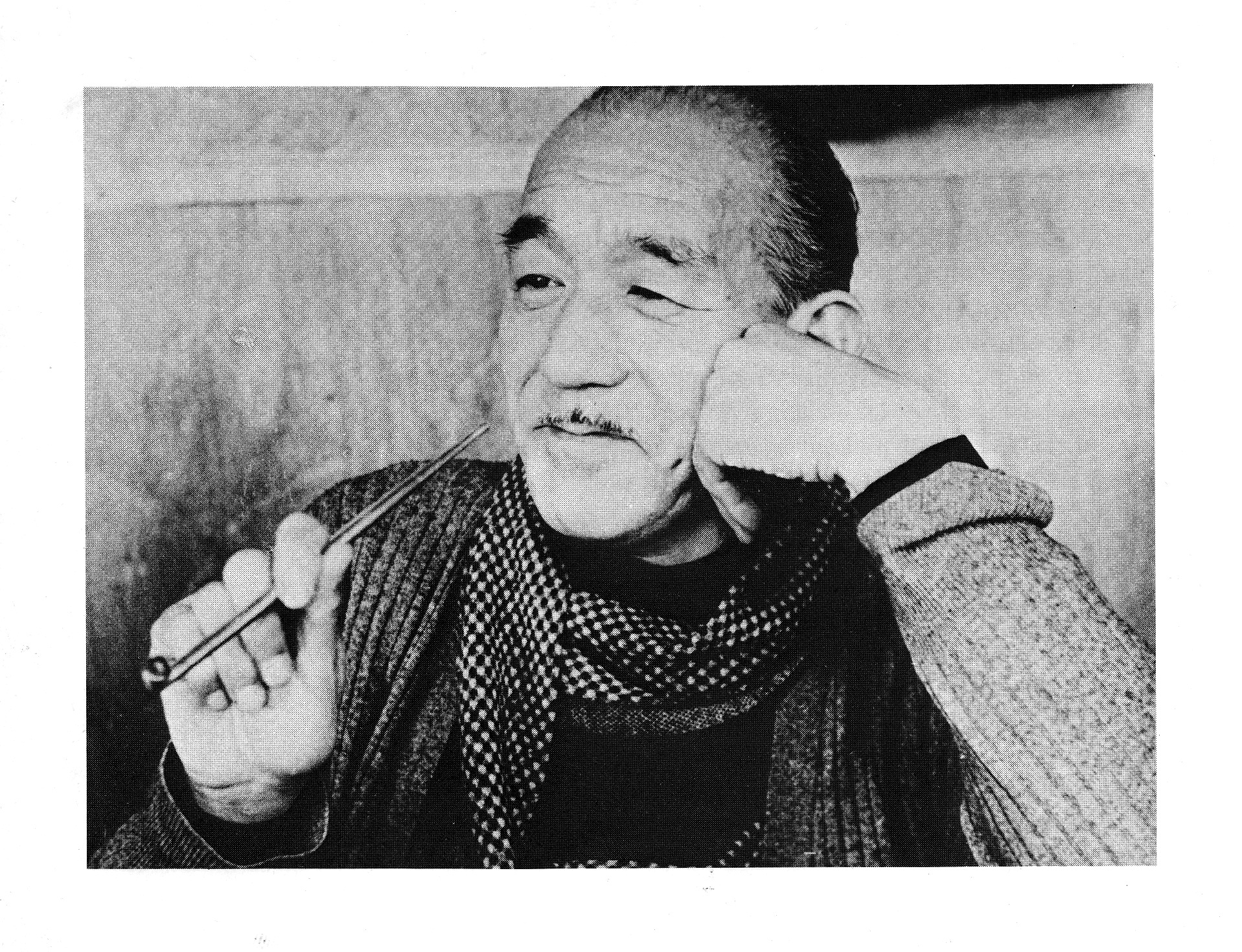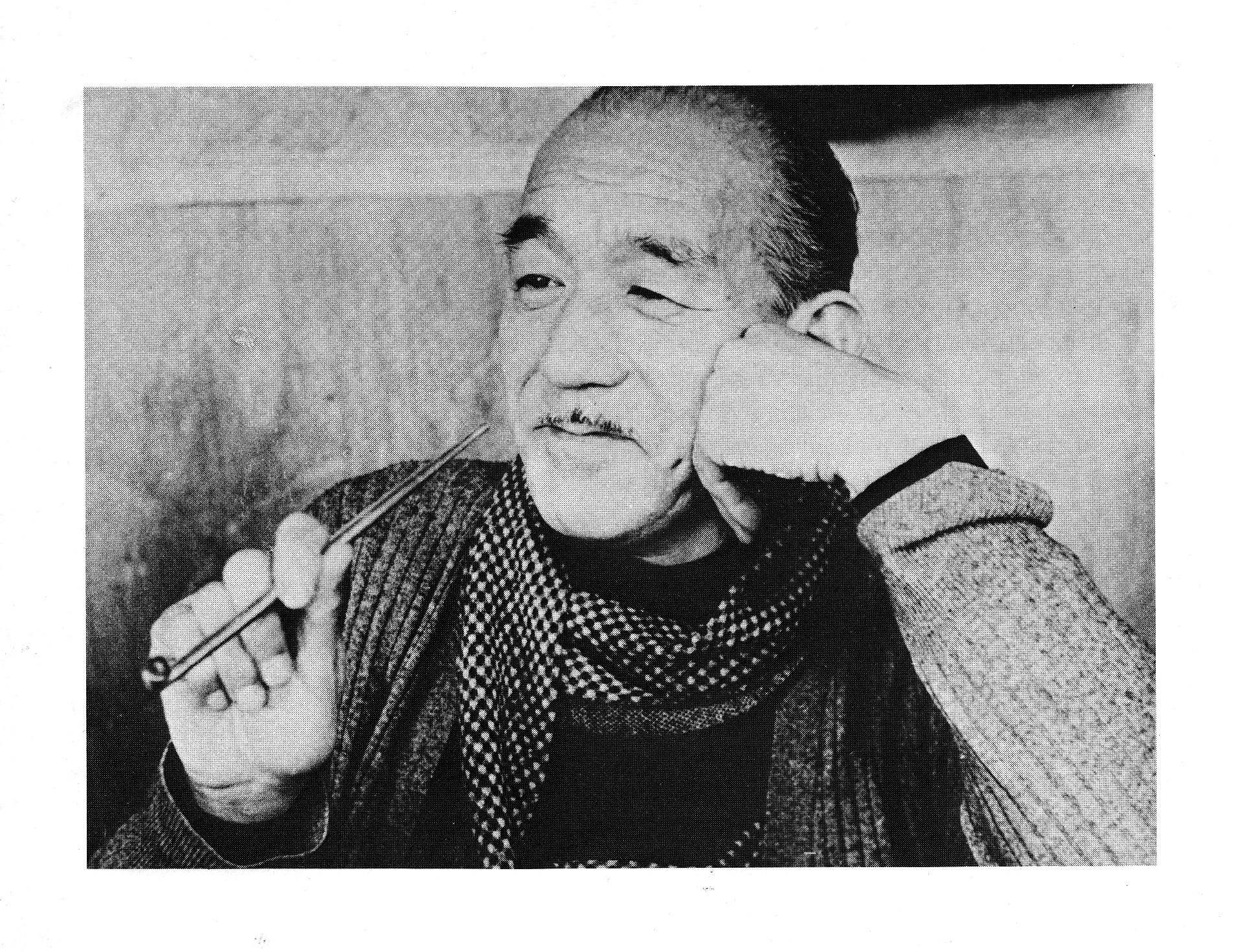One cold winter day in 1963, humanity witnessed the passing of a Japanese director. On his tombstone, there was no name, no age, only the word “mu” (無) which means nothingness, nothingness.
The director is patient with his own storytelling.
Yasujiro Oru's birthday and death date coincide, exactly 60 years from December 12, 1903. He was originally from Furukawa, Tokyo. This is a neighborhood located in the south of the capital with a canal system at the mouth of the Sumida River. Later in life, the director often recalled his childhood memories through images of bridges or buildings reflected on the water.
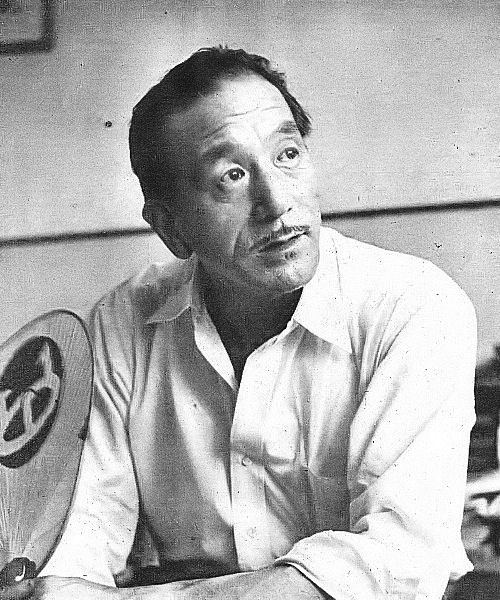
Portrait of the incomparable director Yasujiro Ozu.
He had a rough youth, failing the entrance exam to Waseda University, struggling to find work in large and small film studios, and holding back tears when witnessing his mother's death in 1961. Throughout his long life, there were times when he was immersed in alcohol and spent sleepless nights writing scripts.
He had a long life of patience with the pain and sadness of witnessing the passing of loved ones, unfinished work in his early years and choosing to remain single for the rest of his life.
When entering the harsh field of cinema, instead of choosing hot topics in society or following trends, Ozu chose to tell his own everyday stories with a slow, reserved narrative style and somewhat indifferent to the harshness of the times.
Unique camera angle settings
Yasujiro Ozu is often called “the most Japanese” of Japan’s great directors. From 1927, his first year with the Shochiku studio, until 1962, when he made his final film before his death at the age of sixty, Ozu continually explored the rhythms and tensions of a country trying to reconcile modern and traditional values, especially in the relationship between generations.
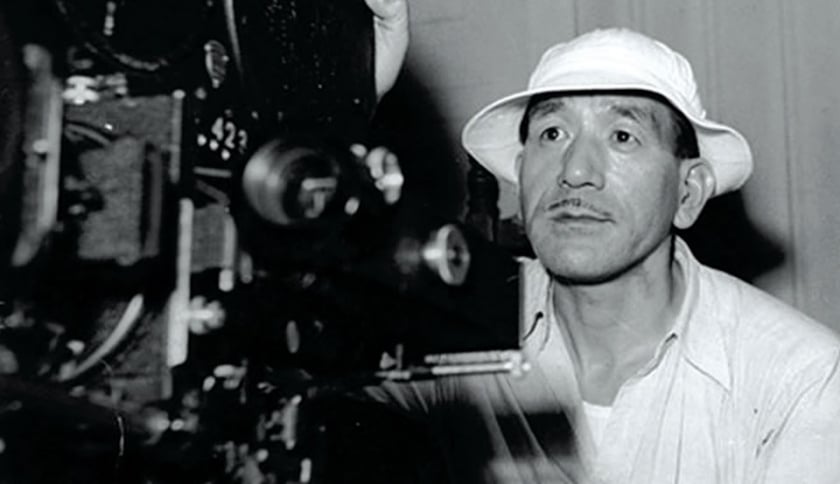
Ozu in his youth.
Ozu is perhaps as famous for his technical style and innovation in his films as he is for his narrative content. Throughout his films, Yasujiro Ozu used the “tatami shot” as his primary method of filming. Tatami is the name of a common type of mat used in Japan for everyday life. He would place the camera on this mat and let it record the scenes, events, and people in the film.
The scene of the father and son arguing passes by the camera, then the scene of the tree branch, the ceramic vase, the day and night scenes all appear in turn through fixed angles. Yasujiro Ozu limited the lifting and setting of the camera, only moving it back and forth to be able to capture the scenes according to his ideas.
It seems that the people in his films have joy, anger, love, and hate, and the landscapes are beautiful. Ozu's choice of the "tatami shot" as his main camera angle is like he himself is stepping back and observing life as it goes by. Instead of using the typical over-the-shoulder shots in dialogue scenes, the camera looks directly at the actors, which has the effect of placing the viewer in the middle of the scene. Throughout his career, Ozu used the 50mm lens, which is often considered the lens that most closely resembles human vision.
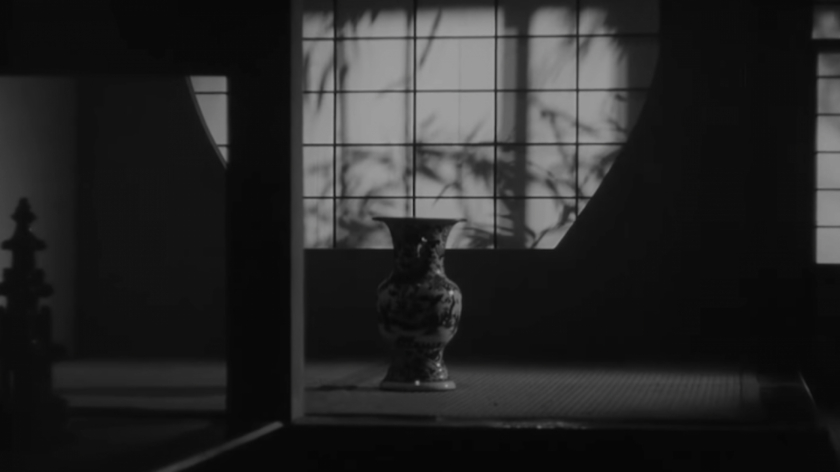
Yasujiro Ozu's most famous scene is from the film Late Spring (1949).
He does not pursue complex footage or technical scenes but persists in his own way of telling stories.
Not only did he have a unique way of setting camera angles, but he also impressed people with his strict and mechanical working attitude. Many of Yasujiro Ozu's colleagues chose to quit because they could not stand his harshness. However, when answering the press, he simply shared: "I am a director, but actually I am just like a tofu maker. Day after day, I do the same simple job over and over again. Then at some point, everything will naturally be perfect."

The bottom-up shots clearly depict the character's expressions.
This is not only his personality but also the very typical spirit of life of the entire country of Japan. A country with a difficult starting point but always patient and perfectionist.
Some famous films of Yasujiro Ozu
Although best known for his 1953 masterpiece Tokyo Story, the pinnacle of his portraits of the changing Japanese family, Ozu began his career in the thirties, with more comedic works, though his edginess remained intact. He then gradually mastered domestic drama during the war years and later employed humor through body language in films such as Good Morning, Late Spring, First Summer, and Floating Weeds.

This director has had many works that have caused a lot of buzz.
However, from the audience's perspective, it seems that his films all have the same actors, details and content. This makes many people confused between Ozu's films.
Tokyo Story - Tokyo Story (1953)
The 1953 masterpiece brought Ozu's name to the world cinema map and became an immortal work. The film made a German critic cry after accidentally watching Tokyo Story in the cinema after taking shelter from the rain.

A scene from the film Tokyo Story (1953) in which the husband and wife visit Tokyo, go to the hot springs, and are constantly worried about disturbing their children. They want to get back to their home in the countryside as soon as possible.
A portrait of the subtleties and changes within a Japanese family, Tokyo Story is Yasujiro Ozu's crowning achievement. Following an elderly couple's journey to visit their grown children in bustling postwar Tokyo, the film examines the rich and complex world of family life with subtlety and the director's insight into social issues.

The calm, gentle image of the daughter-in-law is played by Setsuko Hara. She is an actress who has starred in most of director Ozu's films.
With impressive performances from lead actors Chishu Ryu and Setsuko Hara, Tokyo Story delves into the themes easily found in Ozu's works of generational conflict, creating cinema's greatest masterpiece.
Late Spring (1949)
The movie that depicts family love is as successful as Tokyo Story, that is Late Spring. Late Spring is about a family with a father (Chishu Ryu) who is preparing to remarry and a daughter (Setsuko Hara) who refuses to get married.
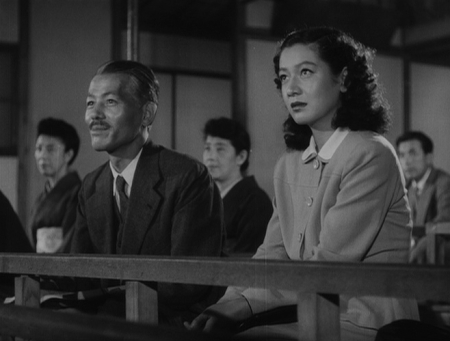
This is another famous shot from the movie. It is completely silent, lasts for several minutes, but tells the audience so much.
The film's conflicts are very gentle and very ordinary as he does not try to exploit the harshness of the generation gap or noisy arguments. The film's scenes always maintain the peaceful and simple spirit of Yasujiro Ozu.
Ochazuke no aji - The Taste of Tea-Soaked Rice (1952)
Ochazuke no aji tells the story of a couple living in a dull, boring and suffocating situation where the husband only focuses on work, while the wife stays at home and does nothing.
One day, wife Takeo (Michiyo Kogure) lies to her husband, Mokichi (Shin Saburi) that their niece has appendicitis and she will have to stay overnight in another city. However, the truth is that she is going out with friends and this later makes her husband angry.

Scene of Takeo's wife sneaking out of her husband's house.
The final scene when the couple reconciled, the husband wanted to eat hot rice with tea before going on a business trip, the wife took the initiative to invite her husband to cook this dish together and the two of them ate happily.
Although Ozu was relatively late to the Western world, his characteristically rigorous style—still shots, often from the vantage point of people sitting low on tatami mats, patient pacing, transcendent moments captured in the distinct beauty of everyday small things—has been hugely influential on directors seeking subtlety and poetry in their work.
Hopefully, through a few small slices, readers can imagine the portrait of the influential director whose name is widely known throughout Japan and beyond on the international stage. His films rich in humanity and family meaning will always live forever in the hearts of the audience.





